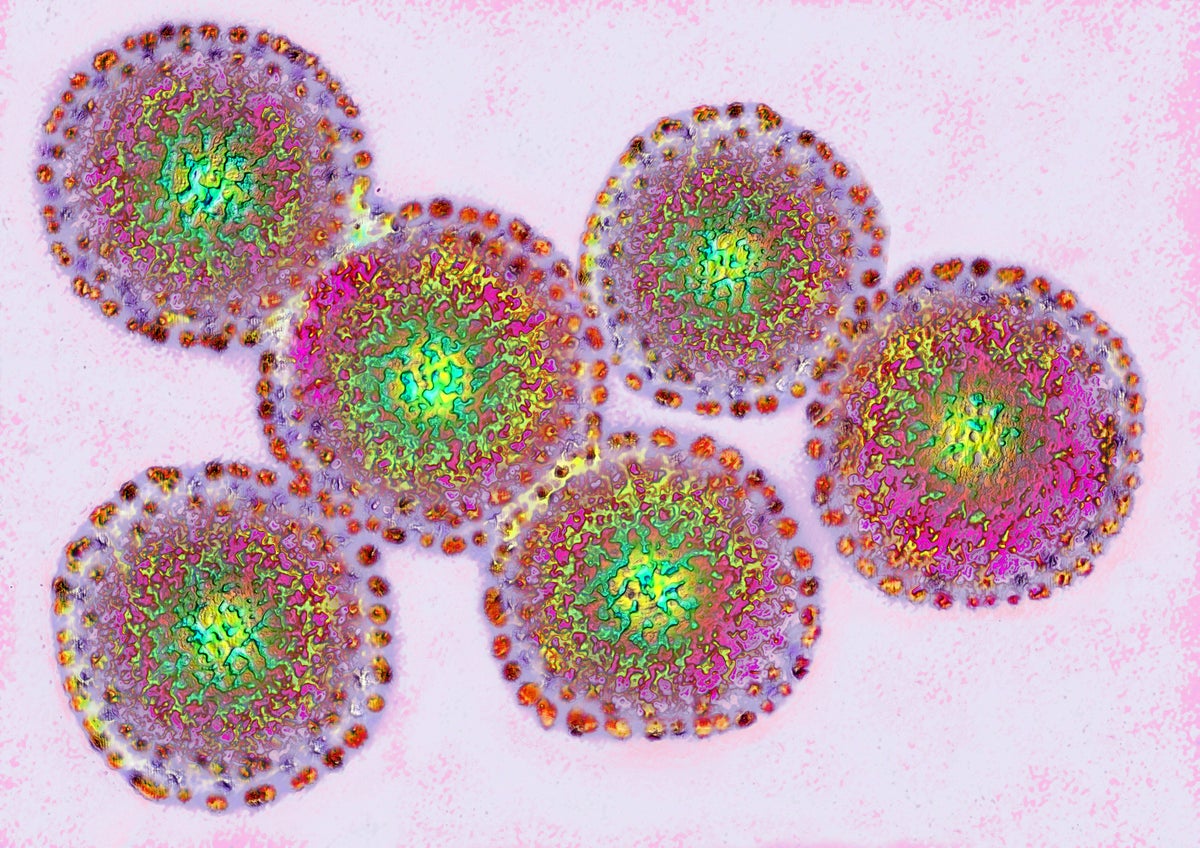
"Influenza viruses regularly accumulate small genetic changes, necessitating yearly updates to vaccines, and can also make sudden leaps through major genetic changes and reassortment."
"Reassortment is a process where two types of flu virus infect a host simultaneously, allowing them to exchange genetic material, which can lead to new pandemic strains."
"At least three of the last four human flu pandemics have involved reassortment, demonstrating its critical role in the emergence of new influenza viruses."
"The past century has seen major flu pandemics, including the 1918 Great Influenza, which resulted in approximately 50 million deaths, emphasizing the danger of influenza."
Influenza viruses frequently undergo small genetic changes, necessitating annual vaccine updates, while also making larger genetic leaps that can allow transmission between species or to humans. One significant mechanism for this is reassortment, which occurs when two flu viruses infect the same host. This process allows them to exchange genetic material and creates new strains. Historically, at least three of the last four human flu pandemics have been linked to reassortment, highlighting its significance. Notable recent pandemics include the 1918, 1957, and 2009 outbreaks, each causing substantial mortality.
Read at www.scientificamerican.com
Unable to calculate read time
Collection
[
|
...
]